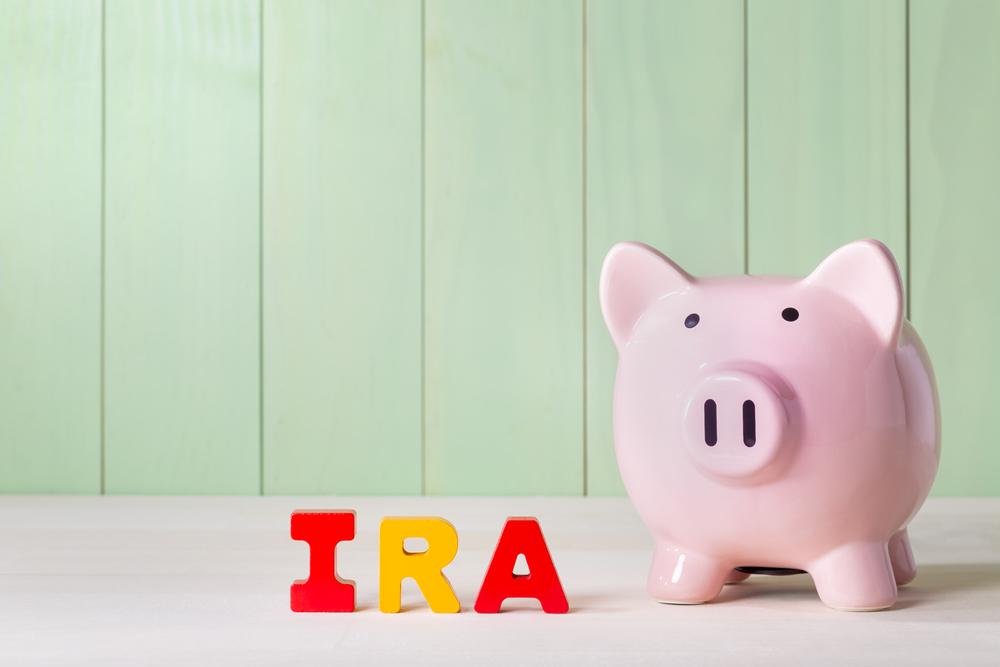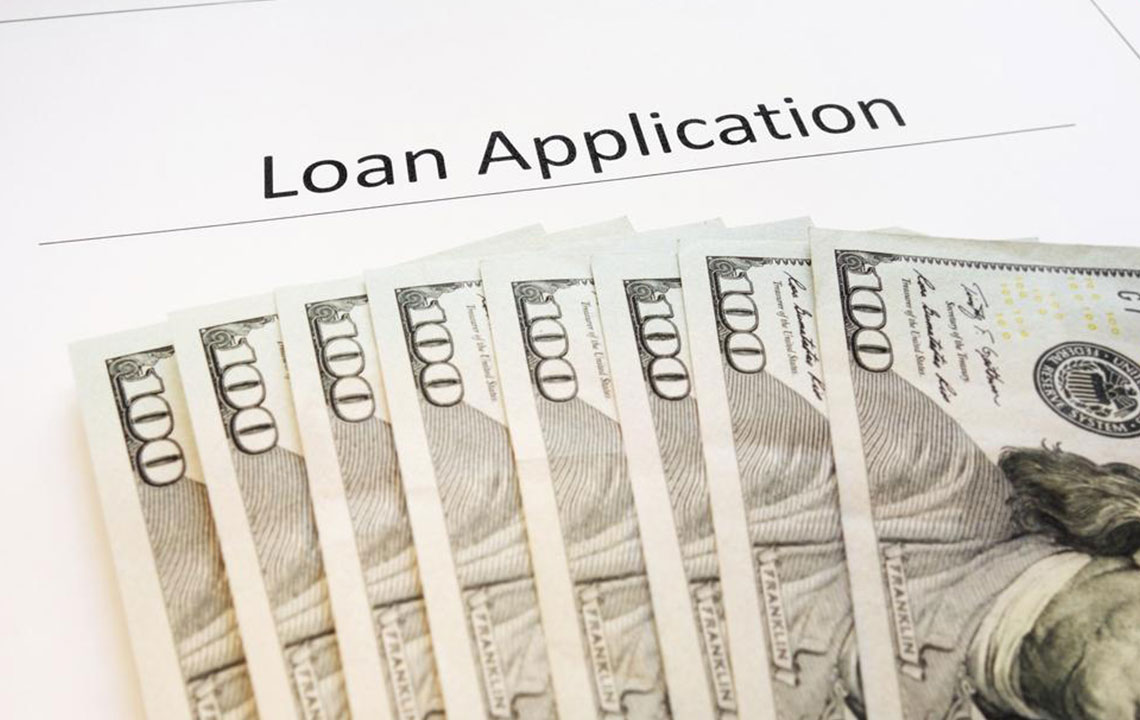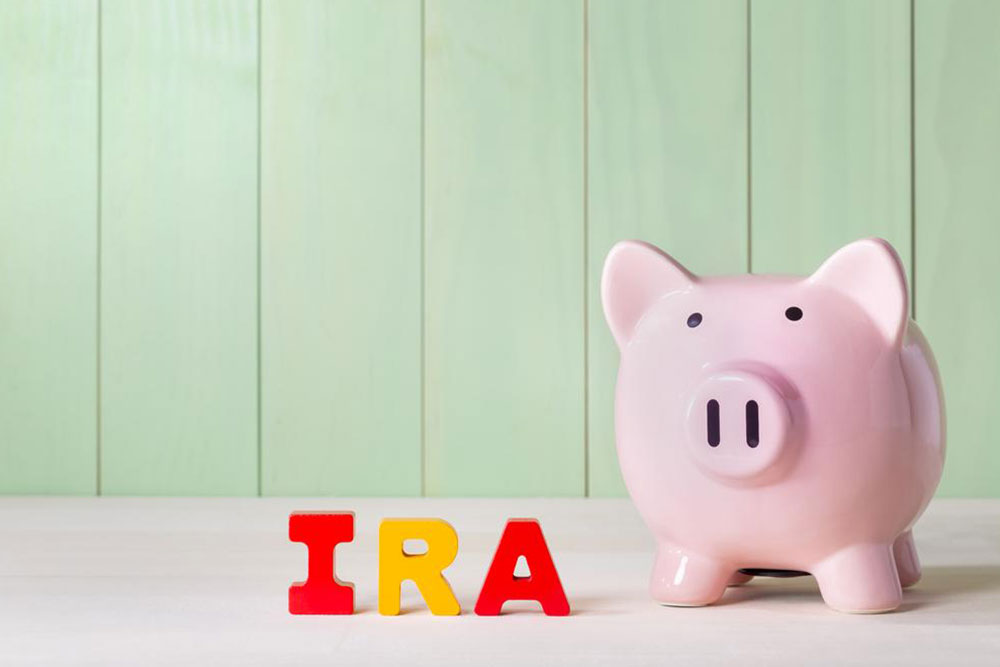Effective Strategies to Use Your IRA for Paying Off High-Interest Credit Card Debt
Learn comprehensive strategies to utilize your IRA for paying off credit card debt, including understanding tax implications, penalties, and best practices for debt repayment. This guide helps you make informed decisions to reduce high-interest credit debt safely without jeopardizing your retirement savings, with key insights on early withdrawal rules and exception cases.

Effective Strategies to Use Your IRA for Paying Off High-Interest Credit Card Debt
Dealing with mounting credit card debt can be an overwhelming experience for many individuals. The high-interest rates and minimum payments can lead to a cycle that is difficult to escape. As a consequence, some people consider tapping into their retirement savings, specifically their Individual Retirement Account (IRA), as a potential solution to alleviate their debt burdens. While this approach might seem tempting due to immediate financial relief, it's critical to understand the full implications—including taxes, penalties, and the potential impact on long-term retirement planning. Using retirement funds to clear debt can provide temporary relief, but it may threaten your future financial security if not carefully managed. Therefore, it’s vital to evaluate all options and thoroughly weigh the benefits and risks before deciding whether early IRA withdrawal aligns with your overall financial goals.
Understanding the Taxation and Penalties Involved in IRA Early Withdrawals
One of the most important aspects to consider before using your IRA to pay off debt is understanding the tax consequences and penalties associated with early withdrawals. Traditional IRAs are tax-deferred accounts, meaning that withdrawals made before age 59½ are typically subject to a 10% early withdrawal penalty. Additionally, such withdrawals are generally considered taxable income, which could increase your tax liability for the year. In contrast, Roth IRAs offer some flexibility; if your Roth account has been open for more than five years, qualified withdrawals—meaning the account holder is at least 59½—are tax-free. However, non-qualified withdrawals or early withdrawals may still be subject to taxes and penalties, depending on circumstances. This distinction makes it essential to understand the specific rules applicable to your IRA type before proceeding.
The first step to utilizing your IRA for debt relief involves carefully listing all your credit card obligations. Prioritize these debts based on their interest rates, focusing on paying off the highest-interest cards first to reduce overall interest costs. Next, calculate the total amount you owe and compare it with your available IRA balance. Determine how much money can be withdrawn with minimal tax and penalty implications, especially if you plan to repay the borrowed amount over multiple years. Once you have identified an appropriate withdrawal amount, transfer the funds to your checking account promptly, and ensure that the entire debt amount is paid off immediately to avoid additional interest accumulation. This proactive approach helps to manage and shorten the debt repayment timeline effectively.
It’s worth noting that there are specific exceptions that may allow you to withdraw funds early without incurring penalties. These include circumstances such as using the IRA funds for higher education expenses, purchasing a first home (up to a $10,000 lifetime limit), or in cases of disability or death. Some IRA providers may also allow penalty-free withdrawals if you opt for periodic payments over several years. Despite these options, it remains crucial to understand the full scope of tax implications and penalties before making a withdrawal. Consulting a certified financial planner or tax advisor can provide valuable insights and help ensure that your decision aligns with your long-term financial health.
For ongoing education and strategies regarding credit and retirement planning, stay updated with the latest industry news by following credible sources on social media platforms like Facebook and Twitter. These channels often offer timely advice, expert opinions, and tips to help you optimize your financial decisions effectively.





